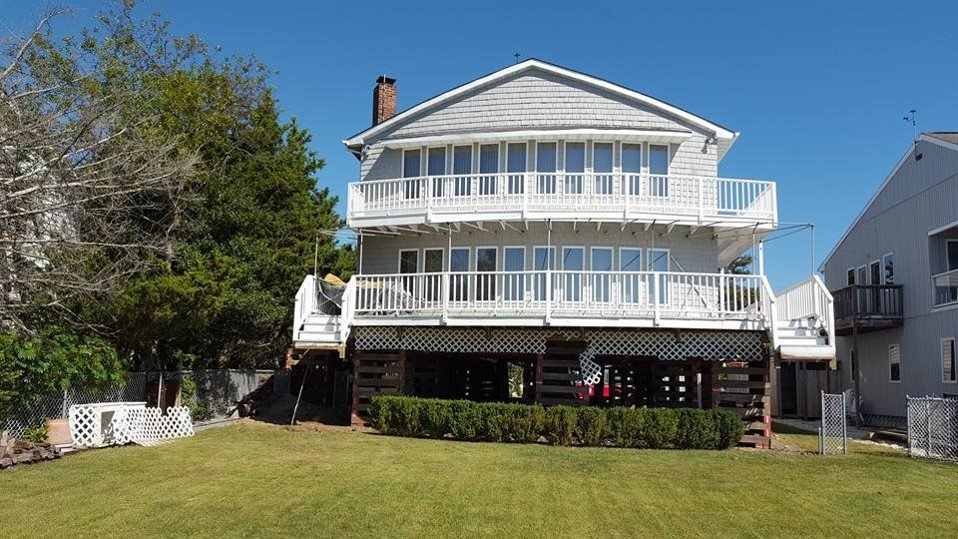Millions of Americans live along coastlines, significant riverways, and the Great Lakes. Unfortunately, these areas can be subject to intense and sporadic flooding. The SAS a result, structural elevation is a popular and growing trend among homeowners to keep their homes safe from flooding.
What Is Home Elevation?
The home elevation simply detaches the house from the existing foundation, elevating the structure and building a brand new, taller foundation or extending the current foundation. The home elevation is typical in areas where flooding occurs.
More and more communities require that new homes be built at moderate to high-risk Flood Protection Elevation (FPE). FPE is the term used by the Federal Emergency Management Association (FEMA) to describe how high a house should be. FEMA recommends that the living area of the house be above the one-hundred-year flood mark. Homes that are older or already built in a flood plain may be required to be elevated before building permits for additions or remodeling are issued.
Ways to Elevate Your Home
A home may be elevated in several different ways, depending on the flood zone or community floodplain requirements. First, the house can be elevated for a new block, helical, or pier foundation. Or, in some cases, the existing foundation can be extended. After the structure is separated from the foundation, a hydraulic jacking machine lifts the home uniformly and slowly up as much as needed to install the new or extended foundation.
For homes located in V Zones, woodpiles will likely be required. The house is rolled away from the existing foundation for this type of foundation so the wood piles can be driven into the ground. After the piles are installed, they are trimmed to the proper height. The house is then lifted and rolled onto the new piling foundation, and secured.
It may also be possible to leave the house in place and either build an elevated floor within the house or raise the roof and add a new upper story. This would move the living areas to the second and third levels of the home. The first floor would essentially become a garage, storage area, or recreation space.
How High Should You Go?
Homeowners may be required to elevate if their home is located in a flood zone and is declared substantially damaged by the local floodplain administrator. New construction homes may be required to be built to minimum flood protection elevations (FPE). In addition, local zoning and code laws may set a minimum limit to meet FPE.
DeVooght House Lifters can help you g started with the elevation process. We can answer your questions and guide you through the steps of home elevation. Give us a call at 844-203-9912.

